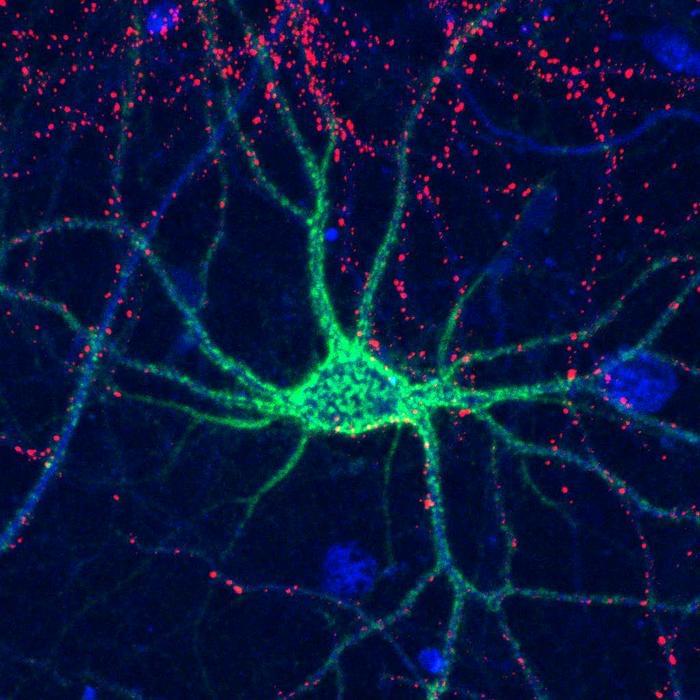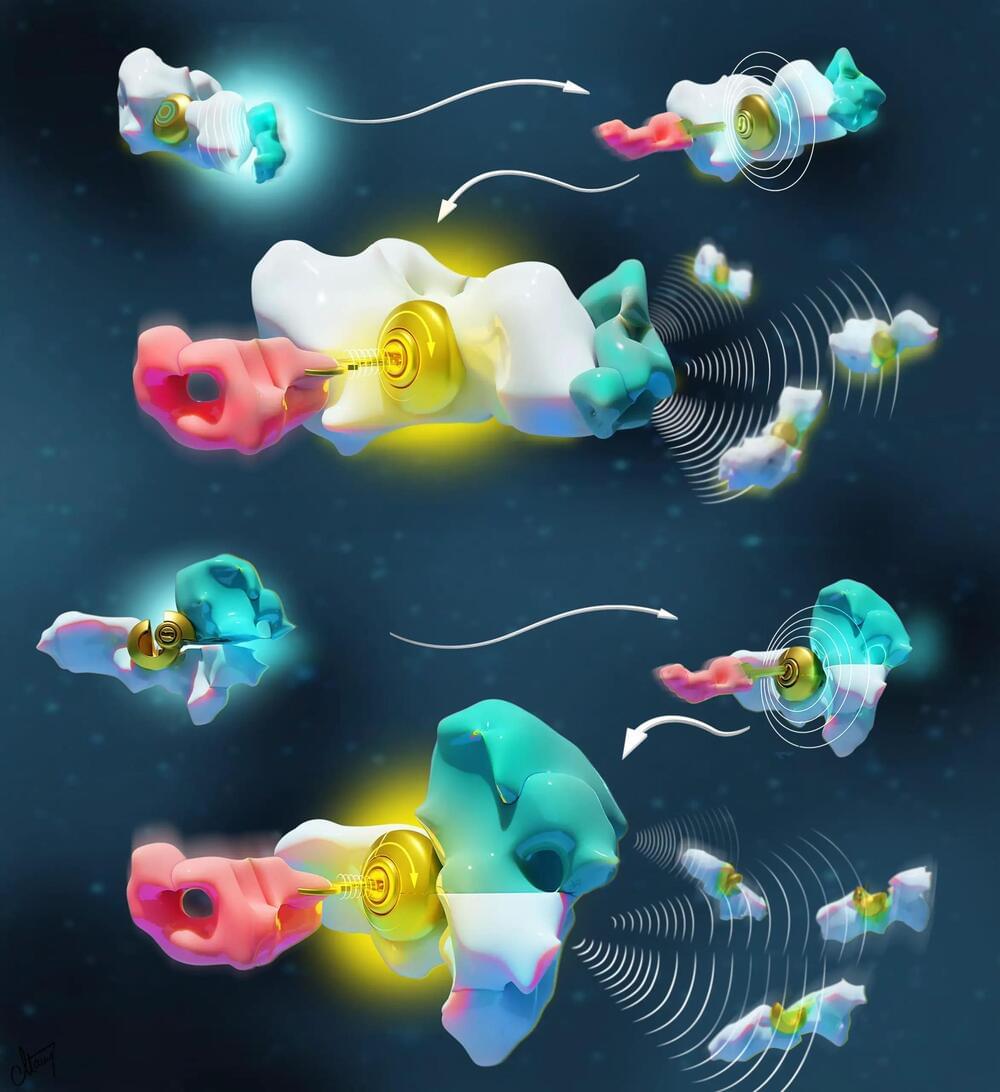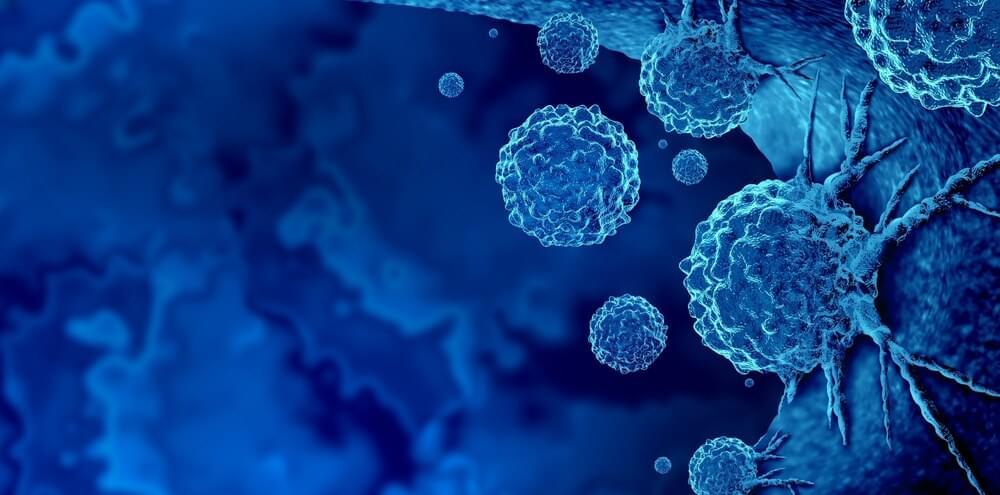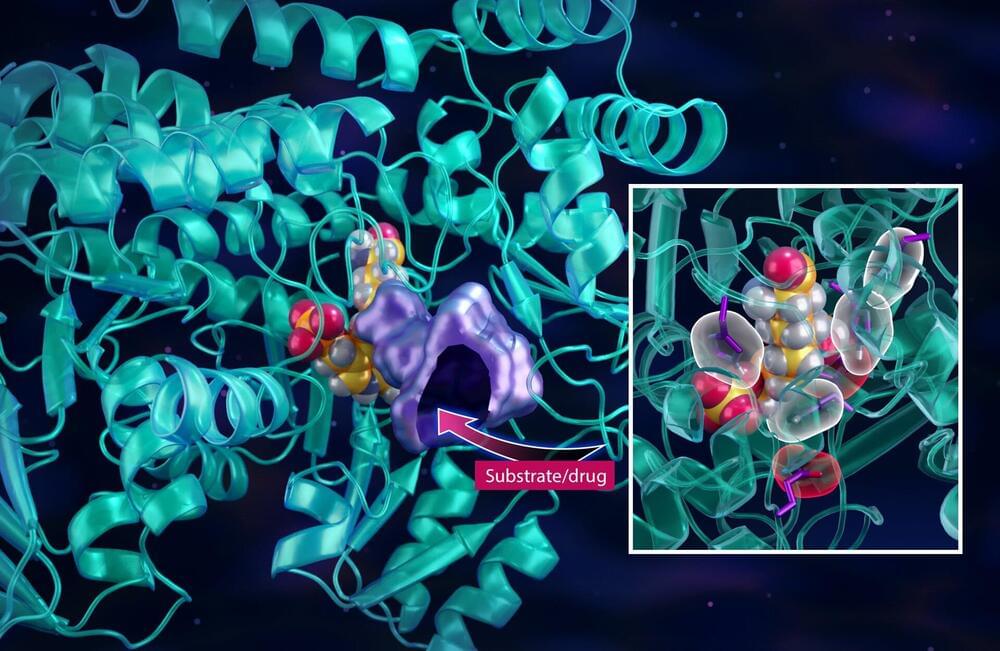Aug 17, 2023
Sugars affect brain ‘plasticity,’ helping with learning, memory, recovery
Posted by Arthur Brown in categories: chemistry, neuroscience
Can you recognize someone you haven’t seen in years, but forget what you had for breakfast yesterday? Our brains constantly rearrange their circuitry to remember familiar faces or learn new skills, but the molecular basis of this process isn’t well understood. Today, scientists report that sulfate groups on complex sugar molecules called glycosaminoglycans (GAGs) affect “plasticity” in the brains of mice. Determining how GAGs function could help us understand how memory and learning work in humans, and provide ways to repair neural connectivity after injuries.
The researchers will present their results today at the fall meeting of the American Chemical Society (ACS).
The sugars that sweeten fruits, candies or cakes are actually just a few simple varieties of the many types of sugars that exist. When strung together, they can make a wide array of complex sugars. GAGs are formed by then attaching other chemical structures, including sulfate groups.


















